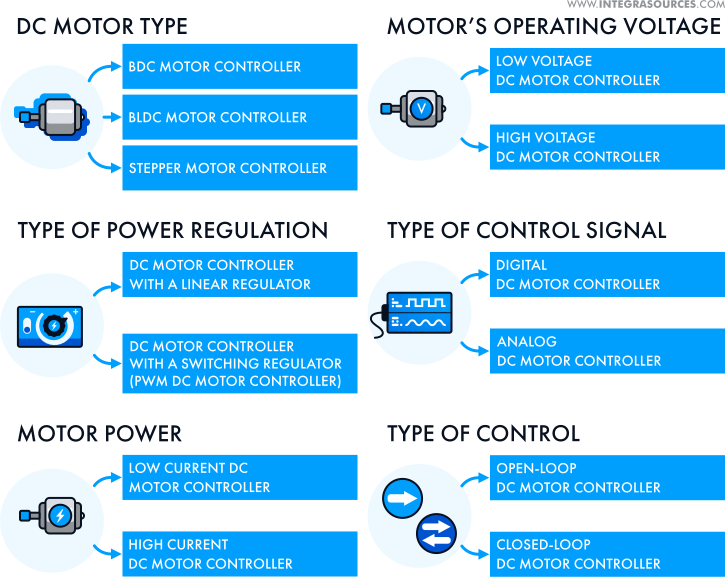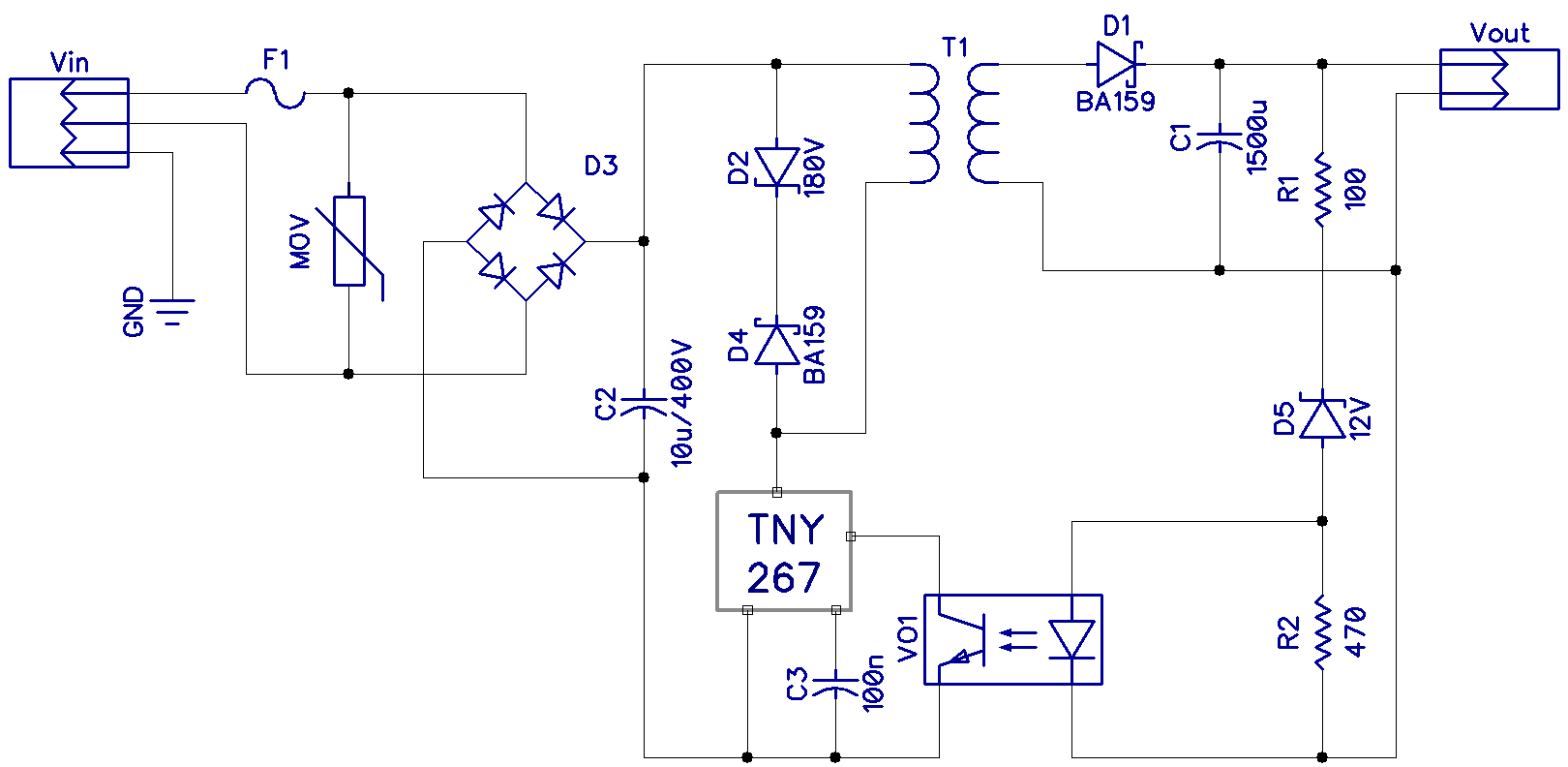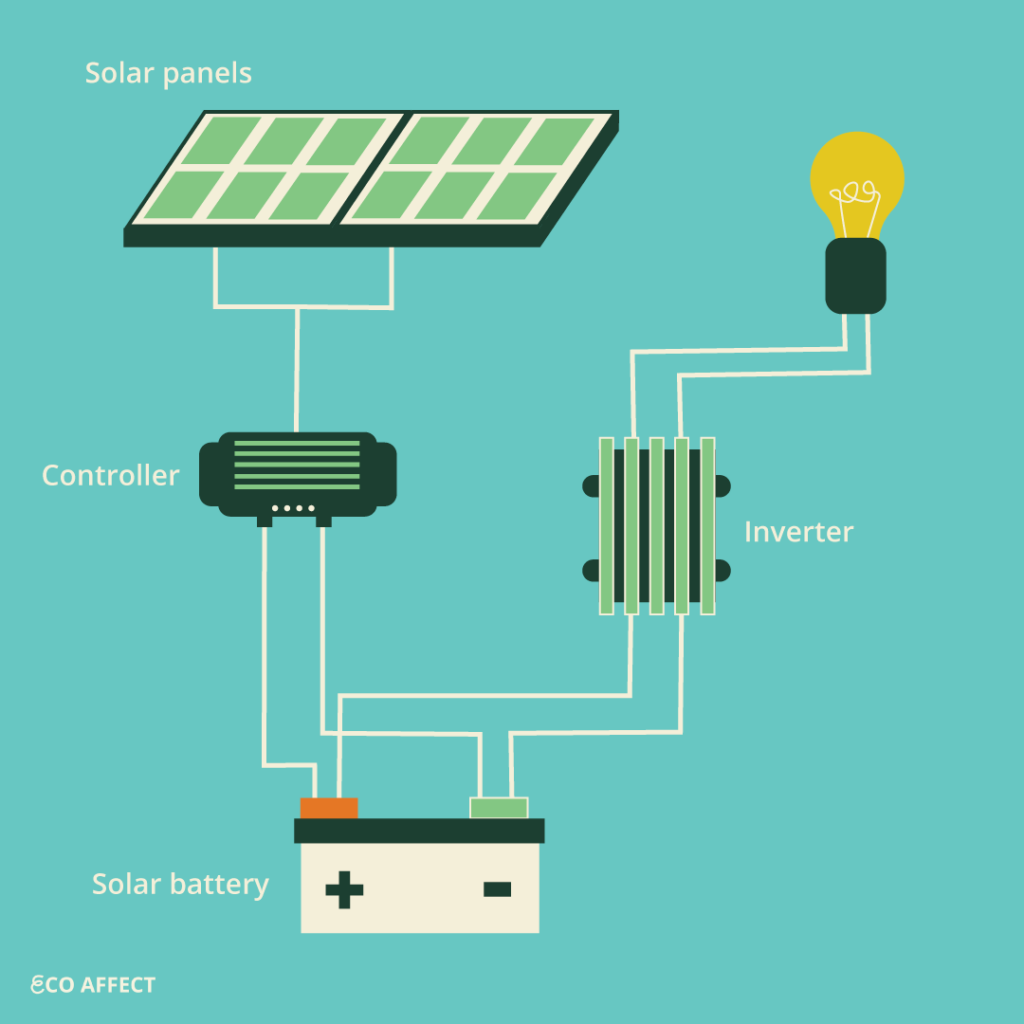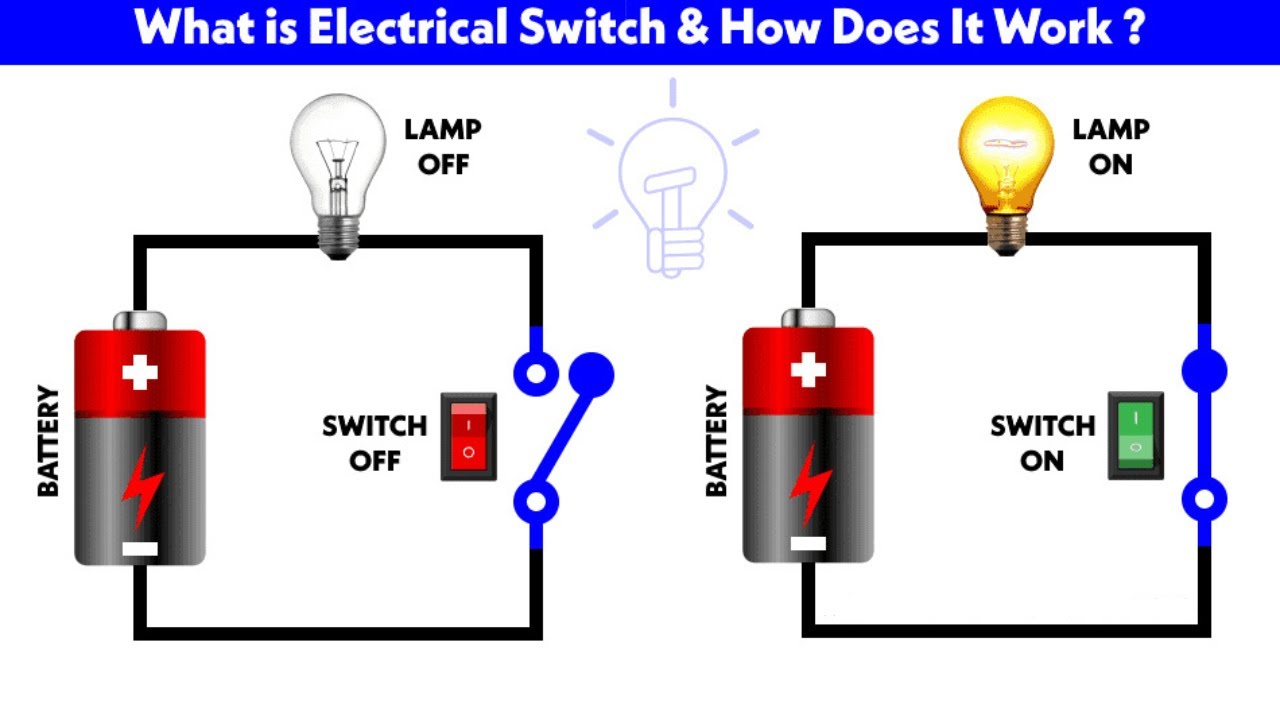Best Way to Control DC Motors with Efficient Power Usage
DC motors are widely used in various applications such as robotics, home appliances, industrial machinery, and automotive systems. Efficient control of DC motors can greatly impact energy consumption and overall performance. In this article, we will explore the best ways to control DC motors with efficient power usage.
Pulse Width Modulation (PWM)
One of the most common methods for controlling the speed of a DC motor is through Pulse Width Modulation (PWM). PWM involves rapidly switching the power supply on and off at varying duty cycles to control the average voltage applied to the motor. This allows for precise speed control while minimizing power loss.
H-bridge Circuit
Another popular method for controlling the direction of a DC motor is through an H-bridge circuit. An H-bridge circuit allows the motor to be driven in either direction by controlling the flow of current through the motor coils. By using an H-bridge circuit in combination with PWM, both speed and direction of the motor can be efficiently controlled.
Brushless DC Motors
Brushless DC motors are known for their high efficiency and reliability compared to traditional brushed DC motors. By using electronic commutation instead of brushes, brushless DC motors can reduce power loss and improve overall performance. Sensorless control algorithms can be used to efficiently drive brushless DC motors with minimal power consumption.
Regenerative Braking
Regenerative braking is a technique used to recover energy from a DC motor when decelerating or stopping. By reversing the direction of current flow in the motor, the kinetic energy of the moving rotor is converted back into electrical energy. This energy can be stored or fed back into the power supply, resulting in improved efficiency and reduced power consumption.
Variable Frequency Drives (VFDs)
Variable Frequency Drives (VFDs) are commonly used in industrial applications to control the speed of AC motors. However, VFDs can also be used to efficiently control the speed of DC motors by converting DC power into variable frequency AC power. This allows for precise speed control and efficient power usage in various applications.
Conclusion
Efficient control of DC motors is essential for maximizing energy efficiency and overall system performance. By utilizing methods such as PWM, H-bridge circuits, brushless DC motors, regenerative braking, and VFDs, engineers and designers can achieve efficient power usage while maintaining precise control over motor speed and direction. Implementing these techniques can result in lower energy costs, extended motor life, and improved system reliability.
Best Way to Control DC Motors with Efficient Power Usage
DC motors are widely used in various applications such as robotics, home appliances, industrial machinery, and automotive systems. Efficient control of DC motors can greatly impact energy consumption and overall performance. In this article, we will explore the best ways to control DC motors with efficient power usage.
Pulse Width Modulation (PWM)
One of the most common methods for controlling the speed of a DC motor is through Pulse Width Modulation (PWM). PWM involves rapidly switching the power supply on and off at varying duty cycles to control the average voltage applied to the motor. This allows for precise speed control while minimizing power loss.
H-bridge Circuit
Another popular method for controlling the direction of a DC motor is through an H-bridge circuit. An H-bridge circuit allows the motor to be driven in either direction by controlling the flow of current through the motor coils. By using an H-bridge circuit in combination with PWM, both speed and direction of the motor can be efficiently controlled.
Brushless DC Motors
Brushless DC motors are known for their high efficiency and reliability compared to traditional brushed DC motors. By using electronic commutation instead of brushes, brushless DC motors can reduce power loss and improve overall performance. Sensorless control algorithms can be used to efficiently drive brushless DC motors with minimal power consumption.
Regenerative Braking
Regenerative braking is a technique used to recover energy from a DC motor when decelerating or stopping. By reversing the direction of current flow in the motor, the kinetic energy of the moving rotor is converted back into electrical energy. This energy can be stored or fed back into the power supply, resulting in improved efficiency and reduced power consumption.
Variable Frequency Drives (VFDs)
Variable Frequency Drives (VFDs) are commonly used in industrial applications to control the speed of AC motors. However, VFDs can also be used to efficiently control the speed of DC motors by converting DC power into variable frequency AC power. This allows for precise speed control and efficient power usage in various applications.
Conclusion
Efficient control of DC motors is essential for maximizing energy efficiency and overall system performance. By utilizing methods such as PWM, H-bridge circuits, brushless DC motors, regenerative braking, and VFDs, engineers and designers can achieve efficient power usage while maintaining precise control over motor speed and direction. Implementing these techniques can result in lower energy costs, extended motor life, and improved system reliability.



